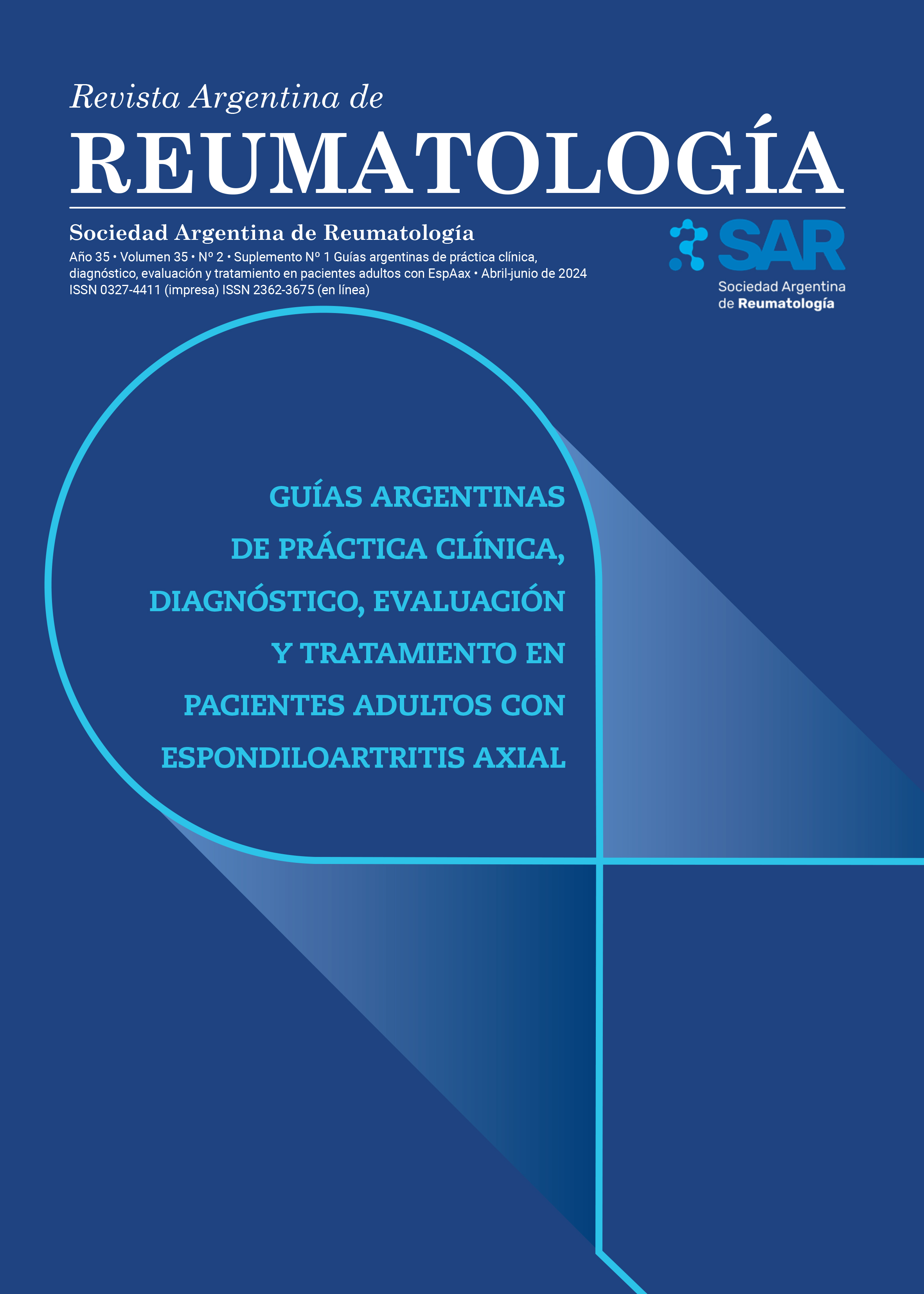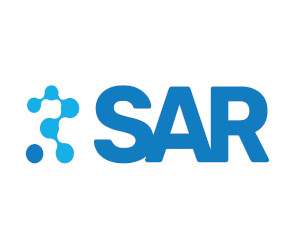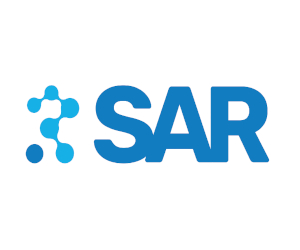CHAPTER 11: Magnetic resonance imaging in axial spondyloarthritis 2: evidence for application
Abstract
Magnetic resonance imaging (MRI) plays a key role in the diagnosis of patients with axSpA. When the diagnosis of axSpA cannot be established based on clinical features and conventional radiography, and axSpA is still suspected, MRI of the sacroiliac (SI) joints is recommended. The presence of bone edema, fatty infiltration or erosion in the SI joints suggests the diagnosis of axSpA. The presence of more than one of these features increases diagnostic confidence. The MRI findings with the greatest diagnostic value in patients with suspected axSpA are structural changes in the SI joints alone or in combination with bone edema. In the study conducted by Baraliakos et al., it was observed that both erosions and fatty lesions showed a greater specificity for the diagnosis and that the combination of bone edema with erosions had a higher positive predictive value (86.5%). According to the latest update of SI lesions that can predict diagnosis carried out by the ASAS MRI expert group, it was concluded that bone edema in 4 quadrants or 3 consecutive slices, erosions in 3 quadrants or 2 consecutive slices in the same place and fatty lesions in 5 quadrants or 3 consecutive slices or extensive fatty lesions (> 1 cm), present a high positive predictive value for the diagnosis.References
I. van den Berg R, de Hooge M, Rudwaleit M, Sieper J, van Gaalen F, Reijnierse M, et al. ASAS modification of the Berlin algorithm for diagnosing axial spondyloarthritis: results from the SPondyloArthritis Caught Early (SPACE)-cohort and from the Assessment of SpondyloArthritis international Society (ASAS)-cohort. Ann Rheum Dis. 2013;72(10):1646-1653.
II. Weber U, Jurik AG, Lambert RGW, Maksymowych WP. Imaging in Axial Spondyloarthritis. What is Relevant for Diagnosis in Daily Practice? Curr Rheumatol Rep. 2021 3;23(8):66.
III. Weber U, Lambert RGW, Østergaard M, Hodler J, Pedersen SJ, Maksymowych WP. The diagnostic utility of magnetic resonance imaging in spondylarthritis. An international multicenter evaluation of one hundred eighty-seven subjects. Arthritis Rheum. 2010;62:3048-3058.
IV. Baraliakos X, Richter A, Feldmann D, Ott A, Buelow R, SchmidtCO, et al. Frequency of MRI changes suggestive of axialspondyloarthritis in the axial skeleton in a large population based cohort of individuals aged <45 years. Ann Rheum Dis. 2020;79:186-192.
V. Maksymowych WP, Lambert RG, Baraliakos X, Weber U, Machado PM, Pedersen SJ, et al. Data-driven definitions for active and structural MRI lesions in the sacroiliac joint in spondyloarthritis and their predictive utility. Rheumatology (Oxford). 2021 2;60(10):4778-4789.
VI. Rudwaleit M, van der Heijde D, Landewé R, Listing J, AkkocN, Brandt J, et al. The development of Assessment of SpondyloArthritis international Society classification criteria foraxial spondyloarthritis (part II): validation and final selection. Ann Rheum Dis. 2009;68:777-783.
VII. Aggarwal R, Ringold S, Khanna D, Neogi T, Johnson SR, MillerA, et al. Distinctions between diagnostic and classificationcriteria? Arthritis Care Res. 2015;67:891-897.
VIII. Arnbak B, Jurik AG, Jensen TS, Manniche C. Association between inflammatory back pain characteristics and magnetic resonance imaging findings in the spine and sacroiliac joints. Arthritis Care Res. 2018;70:244-251.
IX. Maksymowych WP, Wichuk S, Dougados M, Jones H, Szumski A, Bukowski JF, et al. MRI evidence of structural changes in the sacroiliac joints of patients with non-radiographic axial spondyloarthritis even in the absence of MRI inflammation. Arthritis Res Ther. 2017;19:126.
X. Lambert RG, Salonen D, Rahman P, Inman RD, Wong RL, Einstein SG, et al. Adalimumab significantly reduces both spinal and sacroiliac joint inflammation in patients with ankylosing spondylitis: a multicenter, randomized, double-blind, placebo-controlled study. Arthritis Rheum. 2007;56(12):4005-4014.
XI. Visvanathan S, Wagner C, Marini JC, Baker D, Gathany T, Han J, et al. Inflammatory biomarkers, disease activity and spinal disease measures in patients with ankylosing spondylitis after treatment with infliximab. Ann Rheum Dis. 2008;67(4):511-517.
XII. Machado P, Landewé RB, Braun J, Baraliakos X, Hermann KG, Hsu B, et al. MRI inflammation and its relation with measures of clinical disease activity and different treatment responses in patients with ankylosing spondylitis treated with a tumour necrosis factor inhibitor. Ann Rheum Dis. 2012;71(12):2002-2005.
XIII. Maksymowych WP, Salonen D, Inman RD, Rahman P, Lambert RG; CANDLE Study Group. Low-dose infliximab (3 mg/kg) significantly reduces spinal inflammation on magnetic resonance imaging in patients with ankylosing spondylitis: a randomized placebo-controlled study. J Rheumatol. 2010;37(8):1728-1734.
XIV. Pedersen SJ, Sørensen IJ, Hermann KG, Madsen OR, Tvede N, Hansen MS, et al. Responsiveness of the Ankylosing Spondylitis Disease Activity Score (ASDAS) and clinical and MRI measures of disease activity in a 1-year follow-up study of patients with axial spondyloarthritis treated with tumour necrosis factor alpha inhibitors. Ann Rheum Dis. 2010;69(6):1065-1071.
XV. Chung HY, Chui ETF, Lee KH, Tsang HHL, Chan SCW, Lau CS. ASDAS is associated with both the extent and intensity of DW-MRI spinal inflammation in active axial spondyloarthritis. RMD Open. 2019;5(2):e001008.
XVI. Bonel HM, Boller C, Saar B, Tanner S, Srivastav S, Villiger PM. Short-term changes in magnetic resonance imaging and disease activity in response to infliximab. Ann Rheum Dis. 2010;69(1):120-125.
XVII. Marzo-Ortega H, McGonagle D, Jarrett S, Haugeberg G, Hensor E, O'connor P, et al. Infliximab in combination with methotrexate in active ankylosing spondylitis: a clinical and imaging study. Ann Rheum Dis. 2005;64(11):1568-1575.
XVIII. Braun J, Baraliakos X, Golder W, Brandt J, Rudwaleit M, Listing J, et al. Magnetic resonance imaging examinations of the spine in patients with ankylosing spondylitis, before and after successful therapy with infliximab: evaluation of a new scoring system. Arthritis Rheum. 2003;48(4):1126-1136.
XIX. Byravan S, Jain N, Stairs J, Rennie W, Moorthy A. Is there a correlation between patient-reported bath ankylosing spondylitis disease activity index (BASDAI) score and MRI findings in axial spondyloarthropathy in routine clinical practice? Cureus. 2021;13(11):e19626.
XX. Van der Heijde D, Sieper J, Maksymowych WP, Lambert RG, Chen S, Hojnik M, et al. Clinical and MRI remission in patients with nonradiographic axial spondyloarthritis who received long-term open-label adalimumab treatment: 3-year results of the ABILITY-1 trial. Arthritis Res Ther. 2018;20(1):61.
XXI. Maksymowych WP, Dougados M, van der Heijde D, Sieper J, Braun J, Citera G, et al. Clinical and MRI responses to etanercept in early non-radiographic axial spondyloarthritis: 48-week results from the EMBARK study. Ann Rheum Dis. 2016;75(7):1328-1335.
XXII. Braun J, Baraliakos X, Hermann KG, Landewé R, Machado PM, Maksymowych WP, et al. Effect of certolizumab pegol over 96 weeks of treatment on inflammation of the spine and sacroiliac joints, as measured by MRI, and the association between clinical and MRI outcomes in patients with axial spondyloarthritis. RMD Open. 2017;3(1):e000430.
XXIII. Braun J, Baraliakos X, Hermann KG, van der Heijde D, Inman RD, Deodhar AA, et al. Golimumab reduces spinal inflammation in ankylosing spondylitis: MRI results of the randomised, placebo- controlled GO-RAISE study. Ann Rheum Dis. 2012;71(6):878-884.
XXIV. Maksymowych WP, van der Heijde D, Baraliakos X, Deodhar A, Sherlock SP, Li D, et al. Tofacitinib is associated with attainment of the minimally important reduction in axial magnetic resonance imaging inflammation in ankylosing spondylitis patients. Rheumatology (Oxford). 2018;57(8):1390-1399.
XXV. Adelsmayr G, Haidmayer A, Spreizer C, Janisch M, Quehenberger F, Klocker E, et al. The value of MRI compared to conventional radiography in analysing morphologic changes in the spine in axial spondyloarthritis. Insights Imaging. 2021;12(1):183.
XXVI. Schwartzman M, Maksymowych WP. Is rhere a role for MRI to establish treatment indications and effectively monitor response in patients with axial spondyloarthritis? Rheum Dis Clin North Am. 2019;45(3):341-358.
XXVII. Dougados M, Sepriano A, Molto A, van Lunteren M, Ramiro S, de Hooge M, et al. Sacroiliac radiographic progression in recent onset axial spondyloarthritis: the 5-year data of the DESIR cohort. Ann Rheum Dis. 2017;76(11):1823-1828.
XXVIII. Bennett AN, McGonagle D, O'Connor P, Hensor EM, Sivera F, Coates LC, et al. Severity of baseline magnetic resonance imaging-evident sacroiliitis and HLA-B27 status in early inflammatory back pain predict radiographically evident ankylosing spondylitis at eight years. Arthritis Rheum. 2008;58(11):3413-3418.
XXIX. Chiowchanwisawakit P, Lambert RG, Conner-Spady B, Maksymowych WP. Focal fat lesions at vertebral corners on magnetic resonance imaging predict the development of new syndesmophytes in ankylosing spondylitis. Arthritis Rheum. 2011;63(8):2215-2225.
XXX. Machado PM, Baraliakos X, van der Heijde D, Braun J, Landewé R. MRI vertebral corner inflammation followed by fat deposition is the strongest contributor to the development of new bone at the same vertebral corner: a multilevel longitudinal analysis in patients with ankylosing spondylitis. Ann Rheum Dis. 2016;75(8):1486-1493.
XXXI. Maksymowych WP, Chiowchanwisawakit P, Clare T, Pedersen SJ, Østergaard M, Lambert RG. Inflammatory lesions of the spine on magnetic resonance imaging predict the development of new syndesmophytes in ankylosing spondylitis: evidence of a relationship between inflammation and new bone formation. Arthritis Rheum. 2009;60(1):93-102.
XXXII. Baraliakos X, Listing J, Rudwaleit M, Haibel H, Brandt J, Sieper J, et al. Progression of radiographic damage in patients with ankylosing spondylitis: defining the central role of syndesmophytes. Ann Rheum Dis. 2007;66(7):910-915.
XXXIII. Dougados M, van der Heijde D, Sieper J, Braun J, Maksymowych WP, Citera G, et al. Symptomatic efficacy of etanercept and its effects on objective signs of inflammation in early nonradiographic axial spondyloarthritis: a multicenter, randomized, double-blind, placebo-controlled trial. Arthritis Rheumatol. 2014;66(8):2091-2102.
XXXIV. Moltó A, Paternotte S, Claudepierre P, Breban M, Dougados M. Effectiveness of tumor necrosis factor α blockers in early axial spondyloarthritis: data from the DESIR cohort. Arthritis Rheumatol. 2014;66(7):1734-1744.
XXXV. Rudwaleit M, Schwarzlose S, Hilgert ES, Listing J, Braun J, Sieper J. MRI in predicting a major clinical response to anti-tumour necrosis factor treatment in ankylosing spondylitis. Ann Rheum Dis. 2008;67(9):1276-81
Copyright (c) 2024 on behalf of the authors. Reproduction rights: Argentine Society of Rheumatology

This work is licensed under a Creative Commons Attribution-NonCommercial-NoDerivatives 4.0 International License.










